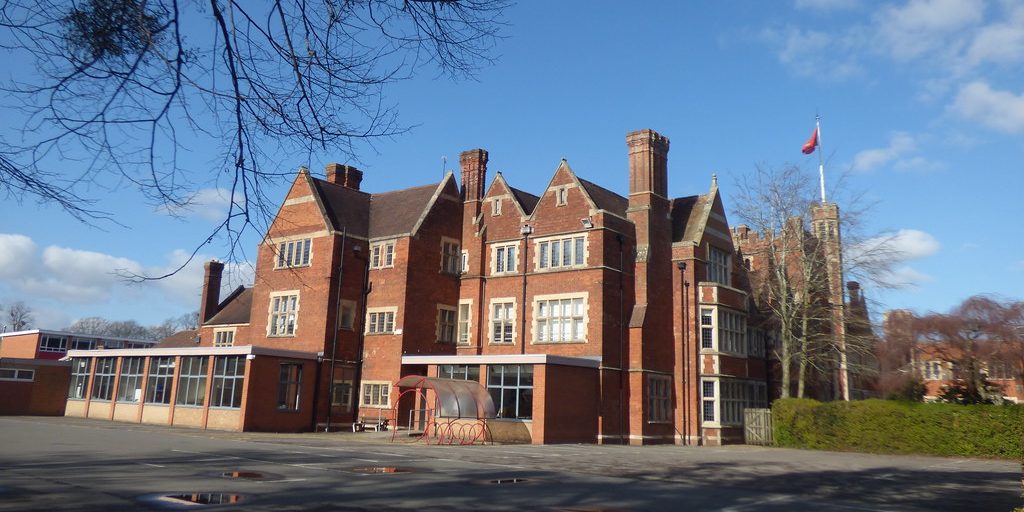Private school VAT: a fair solution or a flawed strategy?
The UK government’s 2025 VAT policy imposes a 20% tax on private school fees, marking the end of the long-standing VAT exemption for private schools. These institutions will now need to either absorb the additional costs themselves, or pass them on to parents, taxing nearly 570,000 students enrolled at independent schools nationwide. On average, private school fees are nearly double that of state school funded expenditure per pupil, and the VAT policy is a clear attempt to address inequalities by redistributing the funds raised.
Labour claims the policy will give £1.3 to £1.7 billion every year to the state school system, allowing them to hire 6,500 new teachers. Parliament has voted overwhelmingly in its favour, which is set to begin in January, yet the wide scope of this policy means there could be numerous complications. Private schools vary significantly in the UK: while schools such as Eton which charge fees above £50,000 yearly, the average fee for private schools (exempting boarding schools) is £6,021 a year. While schools like Eton could handle absorbing these VAT costs, more ‘moderate’ institutions may not have the same ability.
Arguably, the policy does not account for this diversity of private schools, particularly smaller community and faith-based schools, which may be at risk of closing due to this change. Azhar Academy, which charges £3,900 per year, forecasts that the proposed 20% increase in VAT will cause financial distress on families that are struggling with the fee. A coalition of over 270 faith-based schools are lobbying against the policy, arguing that religious families are left with no alternatives: their education is necessary to their way of life. According to a 2024 Telegraph poll, around 75% of the private institutions surveyed believe that the VAT system could be a serious threat, as they would go out of business within five years.
many parents may be forced to change schools if there is a fee increase
In the aftermath of the policy’s implementation, more pressure will be inevitably placed on the state school system. The Baines Cutler report suggests that a decline in the private school population at a rate of around 17.1% would see approximately 134,800 students enroll into state schools within a period of five years. Rather than the anticipated monetary benefits of the policy, the Adam Smith Institute predicts a loss of £1.6 billion if 15-25% of the students enrolled in private institutions moved to state schools. It seems that there is a significant risk of this happening, as, according to the ISC, roughly 28.5% of pupils in independent schools received some form of financial aid in 2024. Such statistics do indicate that many parents may be forced to change schools if there is a fee increase.
Many of the risks involved have already been realised by education systems across the globe. In Greece, private education was levied a VAT of 23% in 2015, yet the number of schools forced to close led to the abolition of the tax as the strain on the public system became overwhelming. On the other hand, New Zealand has managed to implement a 15% GST on private education, but the government provides additional aid for parents so that a mass transfer from private schools to public schools does not occur. Though vulnerable groups such as military families and SEN students are exempt from the policy, many administrative and circumstantial concerns may still arise. Many hope that the comprehensive report on the policy’s impact, due to be released on 30 October, will address these issues and settle anxieties.
research shows that students from private schools tend to achieve better outcomes than their state school counterparts
Some of these strains could be relieved. A staggered implementation, or offering targeted exemptions for smaller schools, could facilitate the bettering of state education without wounding the private sector. However, there is still significant risk that the policy could trigger more school closures, with state schools being overstretched, and reducing the number of educational alternatives for families. Damian Hinds, the Shadow Education Secretary, has been outspoken about these issues, labelling the policy “destructive, disruptive, and divisive,” and warning that its implementation will “create place demand where it cannot be accommodated.”
These challenges aside, Labour remains insistent on the implementation of the VAT policy as part of its grand vision to address inequality in the UK. Research shows that students from private schools tend to achieve better outcomes than their state school counterparts, regardless of their socioeconomic background. Private school students are more likely to attend top universities and secure high-status jobs, with 39% of the UK Government’s cabinet members. Further, 48% of FTSE 350 CEOs were privately educated, compared to just 7% of the overall population – state school students are therefore significantly disadvantaged in comparison to their private school counterparts. While there is a demand for this imbalance to be addressed, the policy’s success is utterly dependent on the Government’s capacity to adjust and mitigate the challenges posed.

Comments